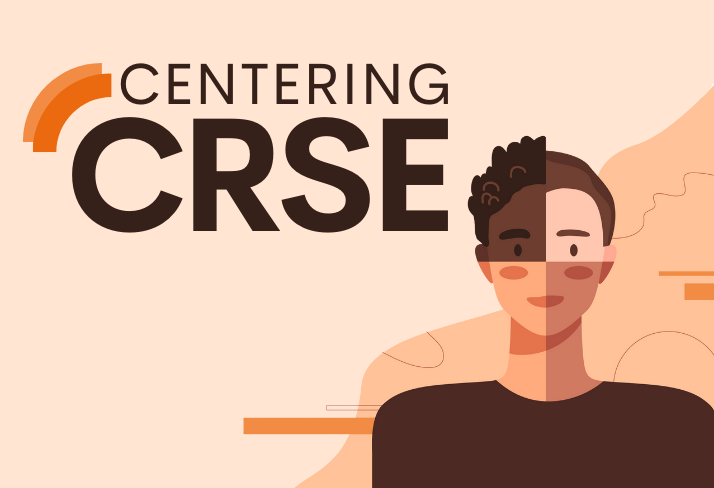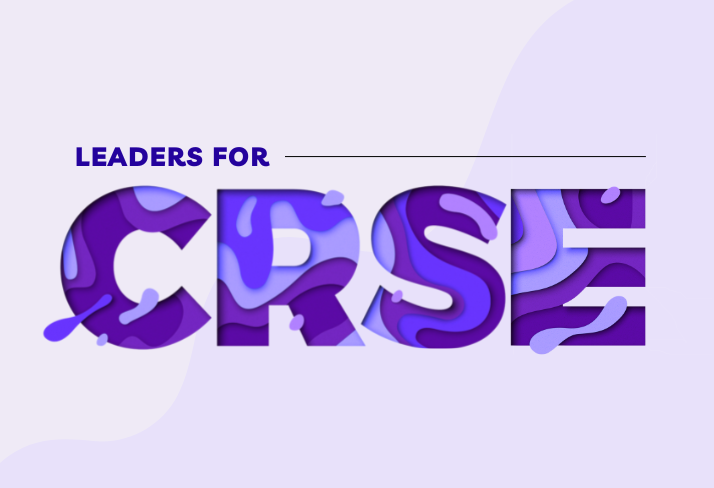|
Get to know the cultures and lives of your students, and evaluate ways in which your instructional practices can support them.
Culturally sustaining practices (CSP) allow, invite, and encourage students to not only use their cultural practices from home in school, but to maintain them. CSP allows students to exist not only in the culture of their school, but also in the culture of their home.
For teachers within New York City, it’s important to note that culturally responsive pedagogy, or culturally responsive-sustaining education according to the DOE, is a requirement for New York City schools. This requirement emphasizes the need for teachers to embrace diversity, get to know their students, and to help students feel welcomed and seen in school. There is no one way of practicing CSP — this would go against the very idea of sustaining students’ cultures! — but there are ways to understand what a CSP approach may require from a teacher. Think about CSP as a mindset rather than a series of practices. But even with a mindset of wanting to be responsive to student needs, it can be difficult to figure out what you should actually do to respond to student cultures, and much of the information out there comes from the world of academia, which can be difficult to translate into practice.
Funds of knowledge
CSP asks: what do my students already know? What are their strengths? What are the strengths of their families and communities? It’s important to investigate the funds of knowledge that your students bring to the classroom. Funds of knowledge can be applied to every area of classroom learning and behavior. A three-year-old who appears to read books backwards may have funds of knowledge stemming from reading in Arabic, which is read from right to left. A fifth grader who fights often on the playground may be defending her friends and family. As teachers, looking at both situations from an asset perspective will change the way we teach these children, whether it’s demonstrating how English texts are read without telling a student that what they’re doing is wrong, or disciplining with compassion and an understanding of the virtuous (though inappropriate) intentions involved in engaging in a fight. Funds of knowledge do not only apply to knowledge about culture and language, which, while important, are not the complete extent of how students bring their cultural experiences into the classroom. Tabitha Kidwell and Luis Javier Pentón Herrera offer an example of how a teacher in the US learned that one of his students, who was from a marginalized indigenous group from Guatemala, had spent much of his life working in fields surrounded by nature. The teacher used this new knowledge to plan a lesson where students went outside and collected rocks for a future project.
Why is CSP needed?
School practices currently reflect the norms of monolingual, white, middle class students, which often excludes students who come from diverse cultural and linguistic backgrounds. Students who are excluded from these norms are often viewed through a deficit lens, which means that teachers or school personnel attribute poor academic performance or behavior problems to faults within the students. Deficit lenses can be directed toward anyone in the school or community. If, for example, a teacher believes that parents in a particular cultural demographic are not involved in their child’s education and blames this for their students not doing well academically, that teacher is looking at the parents through a deficit lens. A deficit lens may mean a teacher believes a student to be incapable of learning due to language, disability, or personal characteristics, or attributing behaviors due to “culture”. Even literature from respected sources may be operating within a deficit lens. In my first teaching job in the US, my school district required us to read a book on how poverty affects children’s development and cognitive abilities. Although the book appeared to have a sympathetic view of children living in poverty (and I lapped it up eagerly at the time), I can see now that it was hugely problematic. The book created a focus on what my students could not do. On their supposed deficiencies that I did not blame them for, but did allow me to envision myself as some sort of savior. My students did not need saving. They needed love and compassion and understanding. The book projected a deficit lens of an entire social class. Incorporating a CSP approach into your practice can help you to question the deficit lens that may exist in your school, and work towards diversifying materials that are available to your students. From a CSP standpoint, students and their families are viewed as people who possess assets for your classroom — a stark contrast to the deficit lens, which implies that they are lacking in some way. This shift in mindset will help you to meet the specific cultural needs of your students as you begin to bring their cultural practices into the classroom.
Getting started
It’s not necessary to know everything about every culture or language in order to incorporate CSP into your classroom. It is important, however, to try to get to know the cultures and lives of the students you’re teaching, and to evaluate ways in which your instructional practices can support your students.
|
|
The Center for Professional Education of Teachers (CPET) at Teachers College, Columbia University is committed to making excellent and equitable education accessible worldwide. CPET unites theory and practice to promote transformational change. We design innovative projects, cultivate sustainable partnerships, and conduct research through direct and online services to youth and educators. Grounded in adult learning theories, our six core principles structure our customized approach and expand the capacities of educators around the world.
|
ABOUT US
525 West 120th Street, Box 182 New York, NY 10027 416 Zankel Ph: (212) 678-3161 [email protected] Our Team Career Opportunities |
RESOURCES
Professional Articles Ready-to-Use Resources Teaching Today Podcast Upcoming PD Opportunities |
COACHING SERVICES
Custom Coaching Global Learning Alliance Literacy Unbound New Teacher Network Student Press Initiative |

























